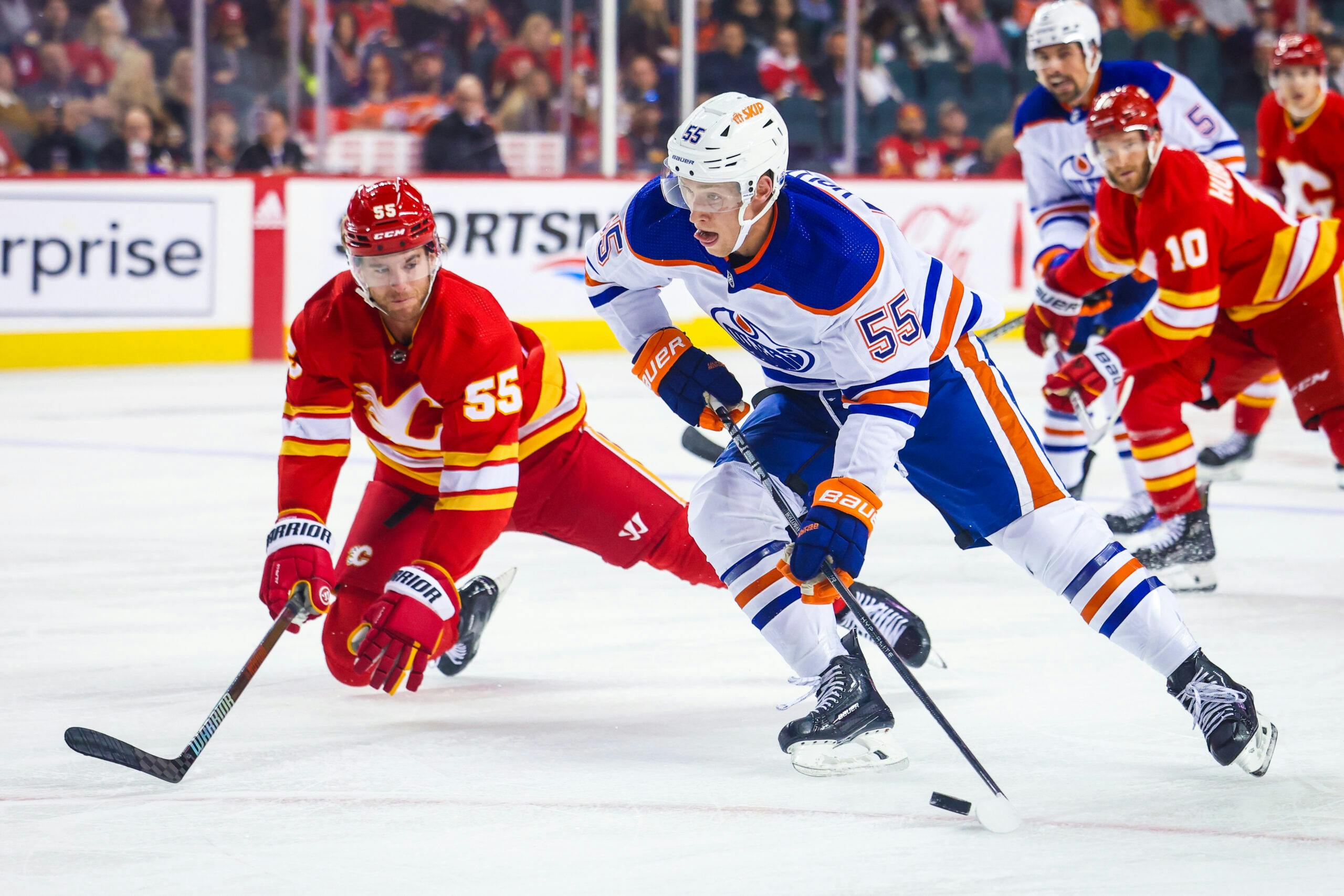Time and Space: The development of Dylan Holloway
Photo credit: Sergei Belski-USA TODAY Sports
10 months ago
Recent articles from Bruce Curlock
Keep scrolling for the next article
Breaking News
- 6 takeaways on the Oilers through their first 6 games
- Monday Mailbag – What do the recent goalie signings mean for Oilers’ Stuart Skinner?
- Kelce brothers on if Oilers’ Connor McDavid could play in the NFL: ‘He’s got the elusiveness’
- NHL Notebook: Canucks defenseman Tyler Myers reaches his 1000 NHL game milestone
- Oilers Prospect Report: Where did The Leftorium go?
